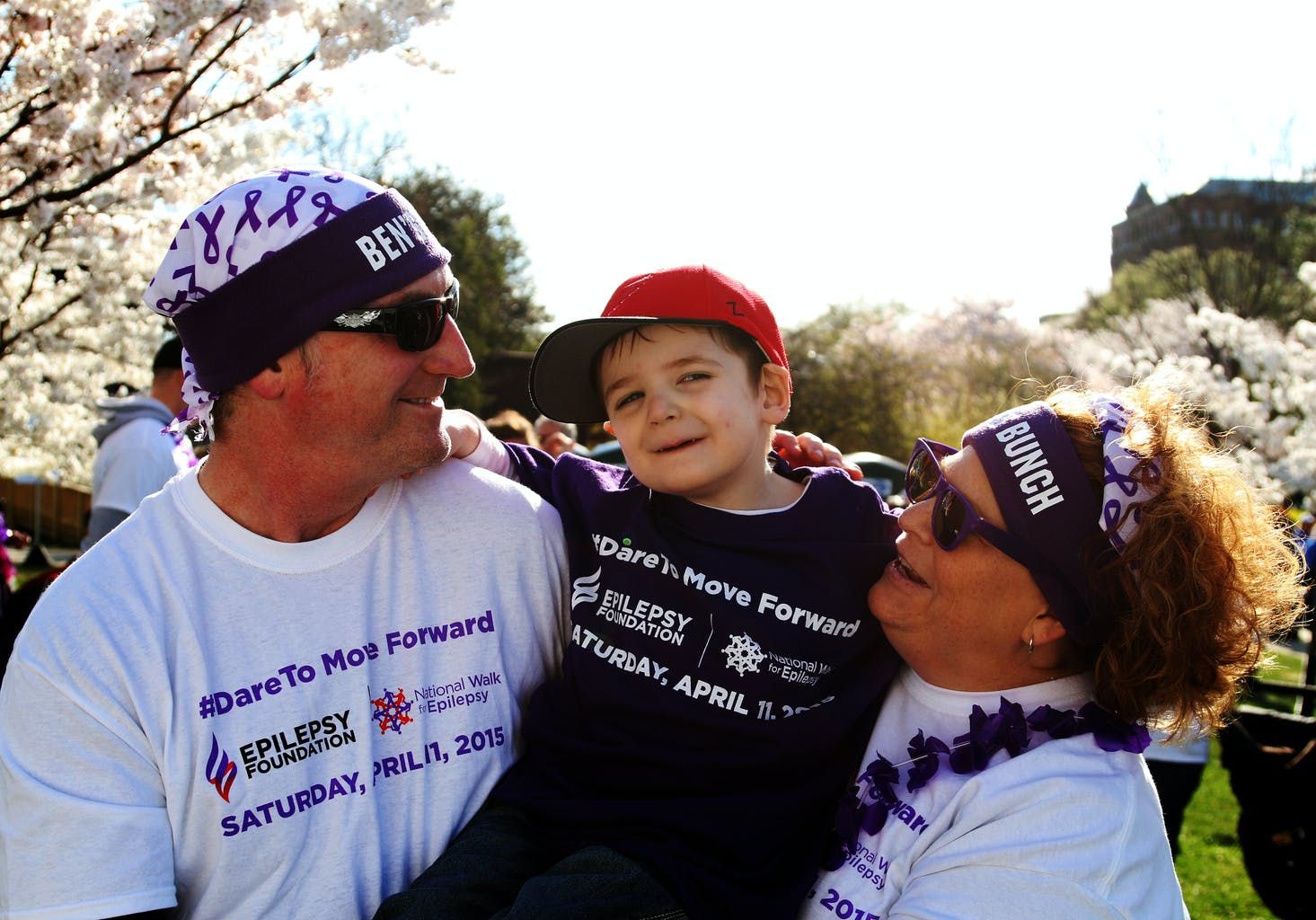As many as three million Americans experience epileptic seizures each
year, a noteworthy portion of the population. Epileptic seizures happen
when abnormal electrical activity occurs in the brain. The seizures that
result can fall into
categories,
including:
- Grand Mal or Tonic/Clonic — feature convulsions, collapse and
sometimes loss of consciousness. This is the type most people
imagine when they think of seizures. - Tonic — known for muscles suddenly stiffening and potentially
remaining stiffened for a long time - Clonic — characterized by jerking motions outside of patient
control - Myoclonic — a milder form of clonic seizures with more
intermittent jerking motions - Atonic — recognizable in epilepsy patients who lose all muscle
tone at the start of a seizure and essential become rag dolls for
the duration of the seizure - Absence — identifiable as seizures that cause a short loss of
consciousness absent of any other cause
Epilepsy sufferers may also experience seizures that are a mix of
various types or are partial — not as severe or as long-lasting.
Epilepsy is a major disruptor of life, particularly when traditional
medication fails to prevent or reduce the frequency of seizures.
Seizures can lead to terrible injury or even death should they disrupt
normal bodily function and activity during certain activities, including
manual labor or driving a vehicle.
Hope on the Horizon
Medical cannabis may bring relief to epilepsy patients who have not been
adequately treated by traditional medications or who suffer from
intractable forms of seizures. In study
results
released for presentation at the 2015 American Academy of Neurology
annual meeting, patients who took liquid forms of cannabidiol (CBD)
marijuana experienced unprecedented improvement.
The study, conducted at NYU’s Langone Medical Center, looked at patients
suffering from the most severe forms of epilepsy, including
Lennox-Gastaut syndrome and Dravet syndrome. Among study participants
who completed the trial, more than 50 percent had reductions in seizure
frequency.
Hope Already in Motion
In Colorado,
cannabidiol forms of medical marijuana are already in use and helping
many patients, particularly pediatric epilepsy patients. Known as
"Charlotte’s Web," a particular strain of cannabis capitalizes on the
properties of the plant that help reduce seizure frequency. Charlotte’s
Web has a high concentration of the component called CBD, which does not
result in psycho-activity when taken, making it safe for consumption by
children. The Realm of Caring Foundation, the organization that grows
and distributes this medication — similar to the formulation used in
the NYU study — reports that up to 85 percent of patients experience
seizure frequency reductions. It is worth noting that "Charlotte’s Web"
is currently only made available to patients who have very severe
epilepsy.
Medical cannabis, like any other medicinal substance, may not be the
right fit for every patient. It has shown, however, to have an amazing
impact on epilepsy patients who have found no relief from other
treatments.






